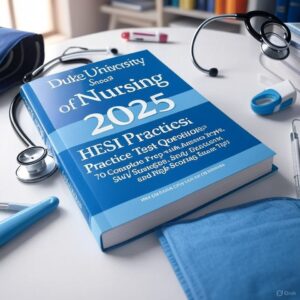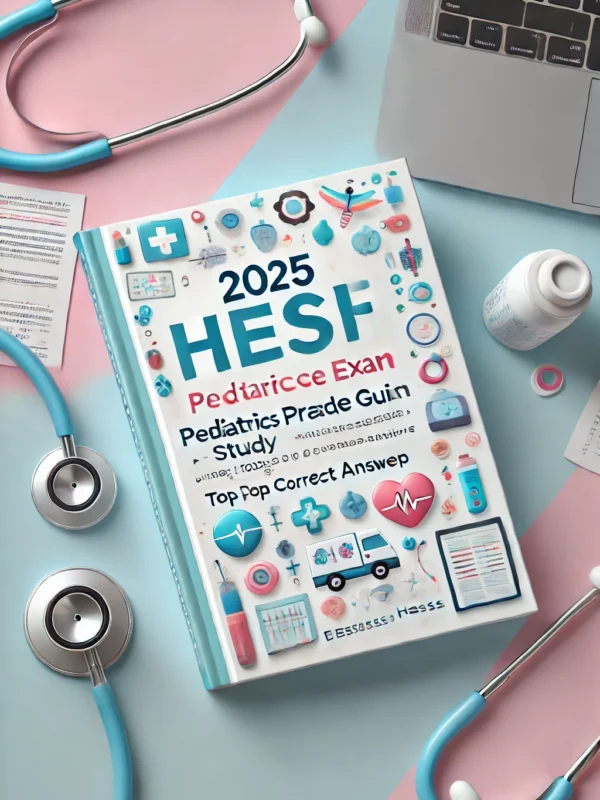-
Includes 70 practice test questions with answer keys and detailed explanations.
-
Covers key topics: physical examination, vital signs, and clinical assessment techniques.
-
Offers study strategies and high-scoring tips to maximize exam performance.
-
Features realistic scenarios to enhance practical nursing skills.
-
Aligned with Duke University School of Nursing’s curriculum standards.
-
Supports HESI and NCLEX-RN preparation with focused remediation tools.
-
Provides insights into the 2025 HESI Physical Assessment Exam format.
Preview
Which sexually transmitted infection (STI) should the nurse include in a client’s teaching
plan that increases the risk for cervical cancer?
Neisseria gonorrhoea.
Chlamydia trachomatis.
Herpes simplex virus.
Human papillomavirus. – – correct ans- -Human papillomavirus.
According to the CDC (2017), it is estimated at least 80% of all women who are sexually
active will contract the Human papillomavirus (HPV) in their lifetime. Certain types of
HPV have been suspected to cause cervical cancer and HPV strain 16 and 18 have been
identified to cause 70% of cervical cancers.
A male client with sickle cell anemia, who has been hospitalized for another health
problem, tells the nurse he has had an erection for over 4 hours. What action should the
nurse implement first?
Notify the client’s healthcare provider.
Document the finding in the client record.
Prepare a warm enema solution for rectal instillation.
Obtain a large bore needle for aspiration of the corpora cavernosa. – – correct ans-
Notify the client’s healthcare provider.
Priapism, a urologic emergency, is common during sickle cell crisis due to sickle cells
clogging the microcirculation in the penis, causing a reduction of blood flow and
oxygenation to the penis, so the healthcare provider should be first notified
immediately. The prescribed therapy may consist of noninvasive measures such as
applying ice to the penis, instilling a warm solution enema to increase outflow in the
corpora cavernosa and giving pain medications. If noninvasive measures do not work,
then needle aspiration of the corpora cavernosa is implemented by the healthcare
provider.












Reviews
There are no reviews yet.